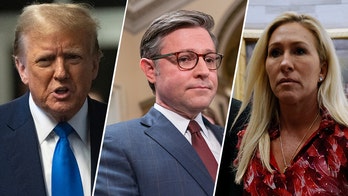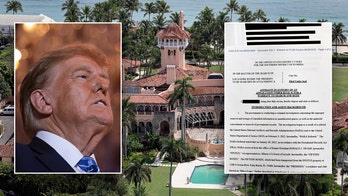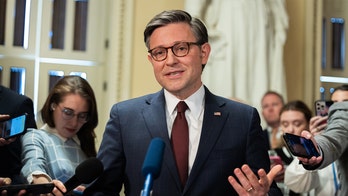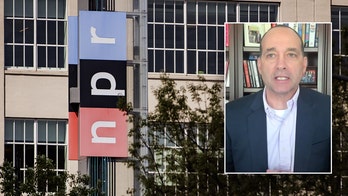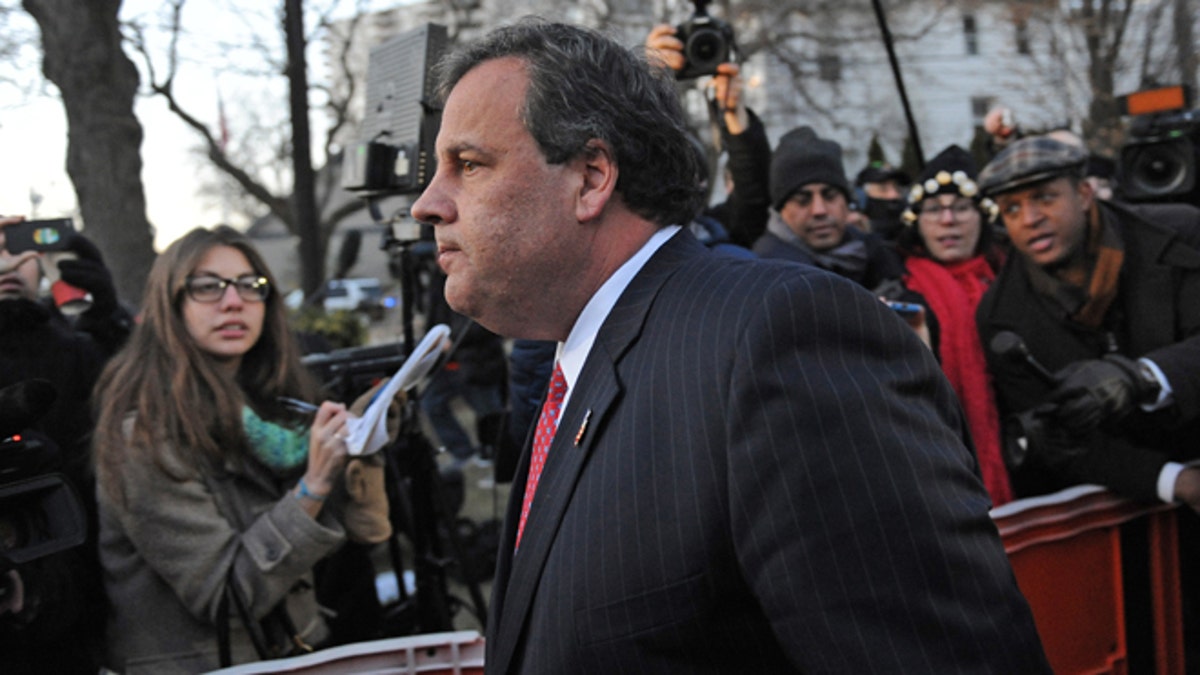
Jan 9, 2014: New Jersey Gov. Chris Christie walks past reporters as he leaves City Hall in Fort Lee, N.J.
Documents released Friday reveal Port Authority officials were warned a plan to reduce lanes on the GW Bridge, which was apparently executed by members of New Jersey Gov. Chris Christie’s staff as an act of political revenge, could be a “potential disaster” for commuters.
However, they pressed on with it anyway for four days, while fielding angry complaints from police and officials in Fort Lee that emergency response in the city was being hampered and residents could not get to work.
The over 1,000 pages of documents were released as part of New Jersey legislative committee’s investigation into the incident. They mostly involve the Port Authority of New York and New Jersey, the agency that runs the bridge.
The documents did not implicate Christie in the lane closures.
The case became a full-blown scandal on Wednesday, when a set of emails and text messages were released suggesting the lanes were closed by a top Christie aide to apparently punish Fort Lee Mayor Mark Sokolich for not endorsing Christie for re-election.
In an August email, Christie deputy chief of staff Bridget Anne Kelly wrote, "Time for some traffic problems in Fort Lee." David Wildstein, a Christie appointee to the Port Authority, replied, "Got it."
The documents were mostly provided under subpoena by Wildstein, who has since resigned. They reveal that Wildstein was not only heavily involved in the plans for the lane closures, but apparently went down to the bridge in person to watch the plan in action the Monday it began.
They reveal that the plan, which was to reduce three local lanes onto the bridge to one to conduct a “traffic study,” was met with confusion by other officials within the Port Authority the week before it was set to begin.
One official called the plan a “potential disaster” and another asked “What is driving this?” Both suggested alternatives, such as reducing to two lanes instead.
“It seems like we are punishing all for the sake of a few,” Gerald Quelch, the Port authority's supervisor of planning and operations said in an email. “Very confused.”
The Port Authority also did not inform either the government or the police department in Fort Lee that the lane closures were occurring, according to the emails.
By shortly after noon on Monday, a status report of the lane closures stated the authority was fielding angry inquiries from the Fort Lee Police Department, who said the “test” was causing major congestion and was preventing emergency vehicles from smoothly traveling through the borough. The borough’s administrator later called to report that emergency vehicles had difficulty responding to two incidents, a missing child who was later found and a cardiac arrest, because of the gridlock,
The shutdown finally ended on Friday, when Port Authority executive director Patrick Foye angrily demanded the lanes be reopened and called it “an abusive decision which violates everything this agency stands for.”
"I believe this hasty and ill-advised decision violates Federal Law and the laws of both states,'' Foye said in the emailed memo. "I pray that no life has been lost or trip of a hospital or hospice-bound patient delayed."
Bill Baroni, the Christie-appointed deputy director who has since resigned, forwarded a copy of the angry email to Christie's scheduling secretary.
The documents also show that the traffic mess created tension between New York and New Jersey appointees at the Port Authority, with the New York side angrily countermanding the lane closings.
In the correspondence, Port Authority chairman David Samson, a Christie appointee, suggested that Foye, who was appointed by New York Gov. Andrew Cuomo, had leaked to a reporter the memo ordering an end to the lane closings.
Samson called that possibility "very unfortunate for NY/NJ relations."
Agency executives also froze out the press in the weeks following the incident. Emails show the Port Authority did not respond to a number of media inquiries about the bridge, with Baroni instructing staff numerous times to not respond when contacted by reporters.
Baroni later authorized a statement for reporters explaining that the closings were part of a traffic study.
The documents show that there actually was, in fact, a traffic study that was done, or at least a preliminary one. Two versions turned up in the documents -- one was six pages and the other 16. Both were dated Sept. 12, the day before the lanes reopened.
The documents include study findings that Baroni gave to lawmakers at a hearing last year: When the lanes were closed, the main bridge traffic moved a bit faster, but local traffic had major delays.
The Associated Press contributed to this report

